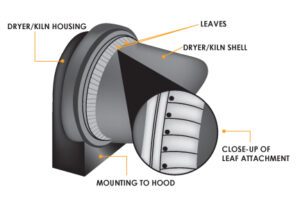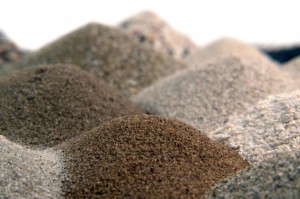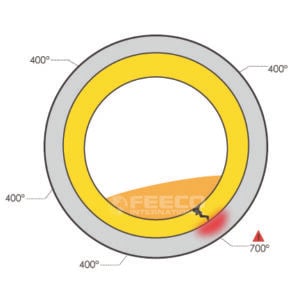Overcoming Challenges with Rotary Drums Part 2
Continued from Part 1: Controlling Buildup in a Drum Abrasion and Corrosion Aside from buildup in a drum, abrasion and corrosion are also common challenges faced by many rotary drum owners. Though abrasion and corrosion can wreak severe havoc on a rotary drum if left …













